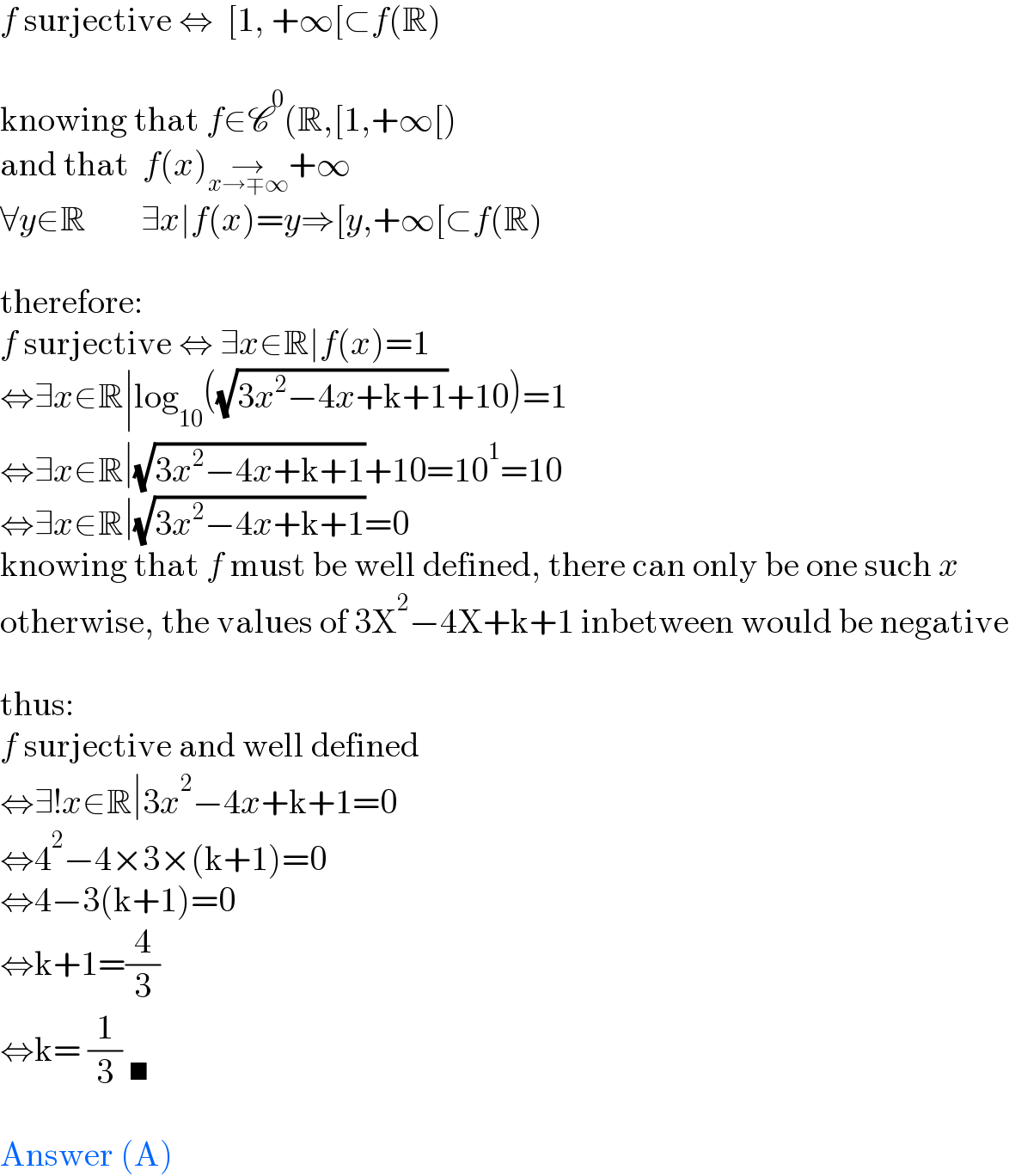
Question and Answers Forum
Previous in Relation and Functions Next in Relation and Functions
Question Number 143606 by bobhans last updated on 16/Jun/21

Answered by TheHoneyCat last updated on 16/Jun/21

| ||
Question and Answers Forum | ||
Previous in Relation and Functions Next in Relation and Functions | ||
Question Number 143606 by bobhans last updated on 16/Jun/21 | ||
 | ||
Answered by TheHoneyCat last updated on 16/Jun/21 | ||
 | ||
| ||